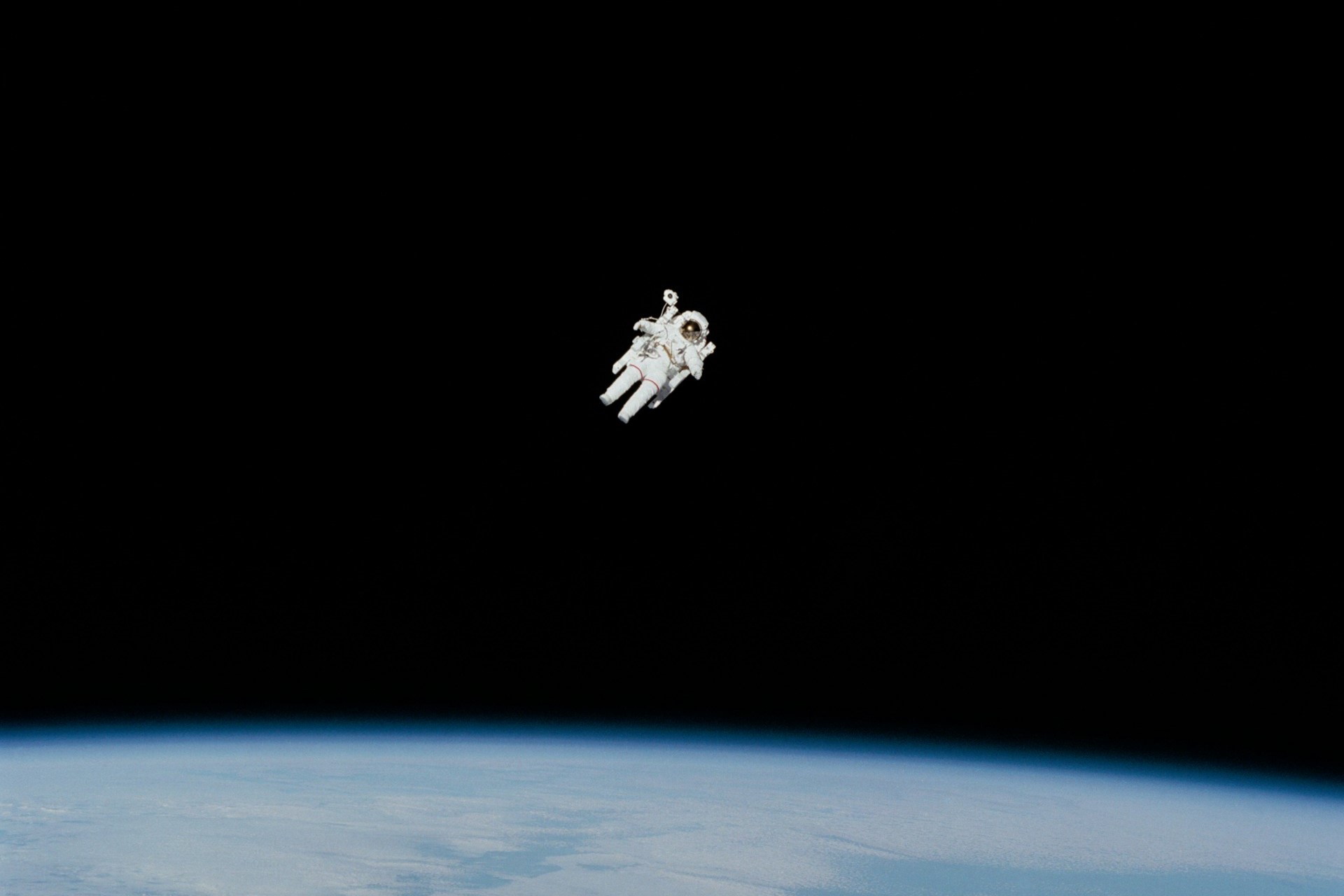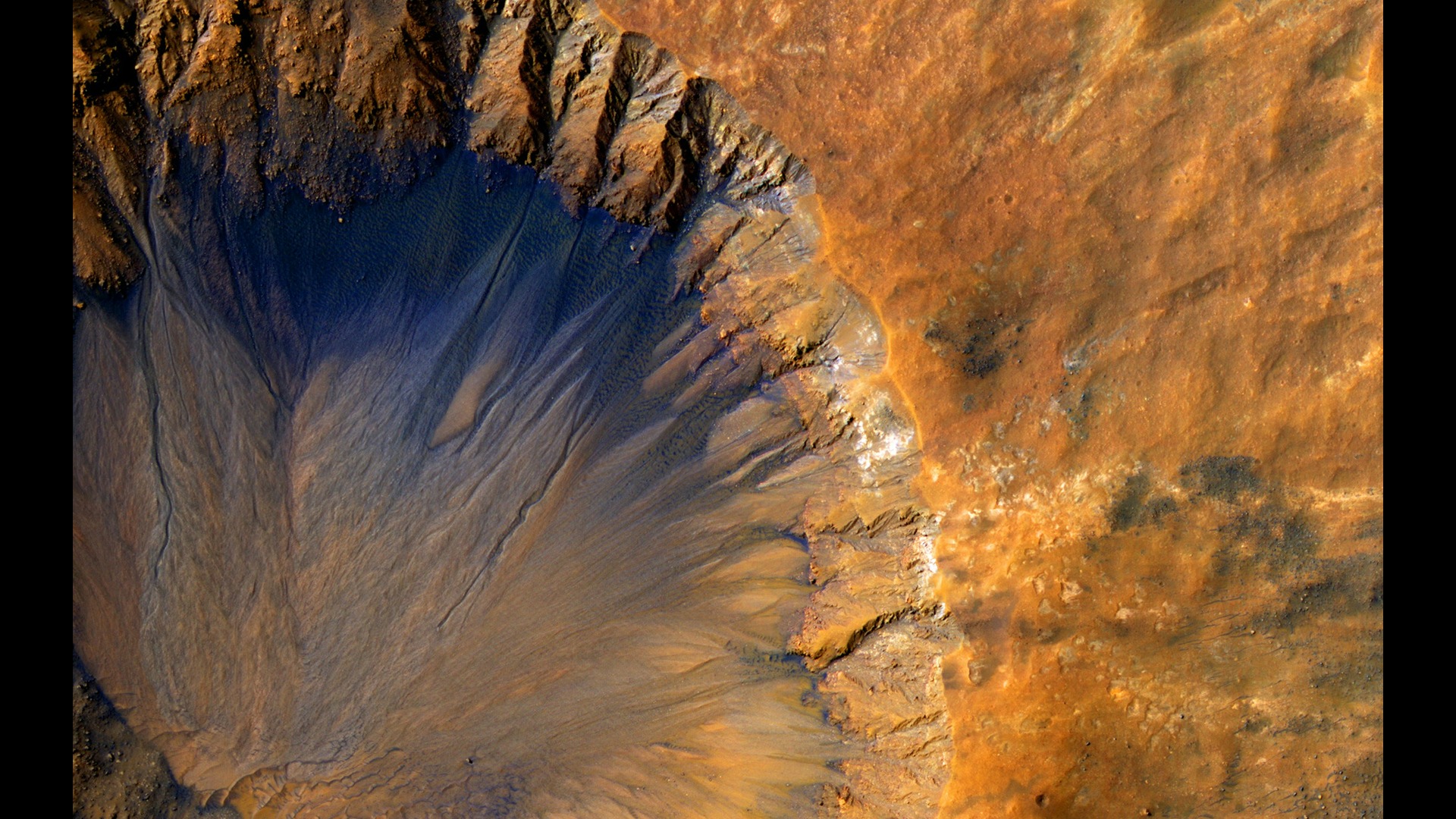
TRAPPIST-1: What Makes Finding 7 Earth-Sized Planets Significant?
March 9, 2017 - Emily Newton
Revolutionized is reader-supported. When you buy through links on our site, we may earn an affiliate commission. Learn more here.
The discovery of seven Earth-sized planets in orbit around a singular red dwarf star called TRAPPIST-1, 40 light-years away, was recently announced during a news conference located at NASA’s headquarters and in a study published in the journal Nature. This finding is significant for research surrounding habitable planets and their likenesses and differences from Earth’s solar system.
If you’ve been following TRAPPIST-1, you know three of these planets were announced in May. The new research has increased the number of planets to seven. What makes this announcement significant is the combination of surprising factors of the planets — they’re temperate, they’re a similar size to Earth and there are many possibly life-supporting planets around the M red dwarf star, which boosts the likelihood of scientists finding more.
According to Sara Seager, a professor of physics and planetary science at Massachusetts Institute of Technology, this greatly improves the odds of finding other habitable planets because “Where there is one, there is more.”
Different Than Earth’s Sun and Planets: Different Possibilities for Life
The data suggests the planets are on the rockier side, with the likelihood of having bodies of water on their surfaces. Inside what is termed the Goldilocks Zone, neither too hot or too cold, three of the planets — TRAPPIST-1e, f and g — are just right and are the most likely possibilities to support life. The planets are cooler than Earth, but the possibility of it being habitable for humans is there. It just needs the right combination of greenhouse gasses and atmosphere.
As Earth is a Goldilocks planet, it’s just right. Venus is too hot. The dry Mars may have once held life, as evidence suggests the planet once had flowing water. Mars is humid enough at times to possibly support forms of life, not as advanced as humans, but the search is still on.
Scientists hope to discover organisms such as lichens, which survive in arid conditions by processing water from humid air. Some survive in arctic conditions, and others can photosynthesize at humidity levels as low as 70 percent.
The Sun’s Distance Matters
Earth’s sun is vital to the existence of life. It helps with climate regulation — how close the planets are to a star determines their ability to support life. The Earth’s sun is also not too hot and not too cold, as a G2 yellow dwarf star, though red dwarf stars are more common types in the universe.
If the sun was a red giant, it would swallow up Venus and Mercury. Fortunately, the sun has another five billion years before that is likely to happen. Since the TRAPPIST-1 star is a class M red dwarf star, this suggests the possibility of life to researchers and increases the chances that more similar life-supporting systems are out there.
What’s interesting is that every orbit of TRAPPIST-1’s seven planets are closer to their star than Mercury is to the sun. The planets may also be “tidally locked to their star,” which means that only one side of a planet is ever facing the host star. These sides are locked into perpetual day or night. Many will have major temperature changes and diverse weather patterns.
The planets orbit their star at a distance similar to the orbits of Jupiter’s moons to their host planet. Their host star is 10 to 20 percent smaller than Earth’s sun. The low mass of the TRAPPIST-1 star allows the planets to keep this tight-knit grouping. The view from each planet would be filled with celestial beauty and a dynamic sky.
Life likely doesn’t evolve or even begin the way it has on Earth on other planets. Gasses that reveal the formation of life are key clues to the researchers. Thomas Zurbuchen, NASA’s Science Mission Directorate’s associate administrator, says, “The discovery could be a significant piece of the puzzle of finding habitable environments, places that are conducive to life.”
This discovery could be part of the initial steps to answering the question of “Are we alone?”
Researchers’ Next Steps to Answer Questions of Habitability
Researchers believe the discovery around TRAPPIST-1 will be one of the key components for future study of Earth-sized planets and their surrounding atmospheres. Data from Hubble, Kepler and Spitzer will assist astronomers with planning follow-up studies.
In 2018, the James Webb Space telescope launches and has a higher level of sensitivity, which will help researchers study the chemical fingerprints of methane, oxygen, water, ozone and other atmospheric elements. This will allow astronomers to more easily access the planets’ temperatures and their surface pressures.
Astronomers will uncover more clues regarding the impact of TRAPPIST-1 on research surrounding habitable planets for decades to come.
Do you think humans are alone in this universe, or is it only a matter of time before new life is found? The next steps researchers take will bring humanity closer to finding out, greatly increasing the odds of locating habitable planets. Where there is one, there are usually more.
Featured Image Source: NASA
Revolutionized is reader-supported. When you buy through links on our site, we may earn an affiliate commission. Learn more here.
Author
Emily Newton
Emily Newton is a technology and industrial journalist and the Editor in Chief of Revolutionized. She manages the sites publishing schedule, SEO optimization and content strategy. Emily enjoys writing and researching articles about how technology is changing every industry. When she isn't working, Emily enjoys playing video games or curling up with a good book.







